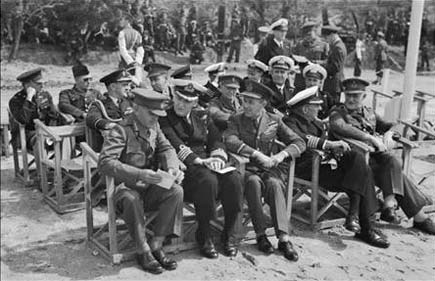Captain Allan Paterson Cousin

Allan Paterson Cousin (1900-1976), naval officer, was born on 29 March 1900 at Mount Pleasant, Back Plains, near Clifton, Queensland, seventh child of John McLean Cousin, a farmer from Scotland, and his Victorian-born wife Jane, née McLean. In 1914 Allan entered the RANC, Geelong, Victoria, and next year moved to Jervis Bay, when the college was relocated there. He was awarded colours for cricket and graduated in 1917.
Promoted Midshipman in January 1918, Cousin was sent to Britain and appointed to HMS Agincourt. In 1919 he returned home and served in several ships, including HMAS Marguerite. Back in Britain for courses in 1921, he was promoted Lieutenant in October and embarked for Australia in November 1922. Cousin resigned his commission on 23 April 1923. He joined the Union Steam Ship Co of New Zealand Ltd in 1924 and plied the trans-Pacific route to North America. Appointed Lieutenant, Royal Australian Naval Reserve (Seagoing), on 1 April 1925, he was promoted Lieutenant Commander in 1930 and Commander on 30 June 1936.
Cousin was mobilised for full-time service in March 1941 and took command of HMAS Katoomba on 17 December. She joined the 24th Minesweeping Flotilla at Darwin and participated in the action in which the Japanese submarine I-124 was sunk on 20 January 1942. Three days later Katoomba was rammed by the American tanker, Pecos, and was towed to Darwin and placed in the floating dock. The corvette was still out of the water on 19 February when Japanese aircraft raided the town. Cousin used her guns to harass one plane which attacked the ship and dock.
Deployed under Cousin on escort duties in northern Australian and Papuan waters, in August 1942 Katoomba rescued the crew of the USN submarine S 39 from Rossel Island Reef. With a sister-ship, HMAS Ballarat, she was targeted by dive-bombers, off Buna-Gona, on 28 November; neither ship suffered damage or casualties, and one bomber was shot down. Katoomba was again attacked by aircraft in January 1943, near Oro Bay, but was unscathed.
On 27 January 1944 Cousin was appointed to command HMAS Manoora, a landing ship, infantry. As Senior Naval Officer, Australian Landing Ships, he also had charge of Kanimbla and Westralia. The LSIs supported the offensive in the South West Pacific Area. Between April 1944 and July 1945 Manoora landed troops in Netherlands New Guinea at Tanahmerah Bay, Wakde and Morotai, in the Philippines at Leyte and Lingayen Gulf, Luzon, and in Borneo and Brunei at Tarakan, Labuan and Balikpapan. Cousin was awarded the DSO (1945) for his 'gallantry, fortitude and skill' during the amphibious assaults.
The efficiency of the Australian LSIs drew widespread praise. Tropical service in the vessels was arduous: they lacked air conditioning and were usually crowded. Cousin had found a three-week break in Sydney's cooler weather (July 1944) 'a veritable God-send' and the crew's spirits lifted. After hostilities ceased in 1945, Manoora repatriated prisoners of war and transported personnel of the British Commonwealth Occupation Force to Japan.
Promoted Acting Captain in February 1945 and confirmed in the rank on 30 June 1946, Cousin was a skilful seaman, respected by those who served with him. Although tall, robust and rugged in appearance, he had a retiring nature. He remained with the LSIs until he was demobilised on 10 May 1949. Settling in Brisbane, he worked as a clerk in the War Service Homes Division of the Commonwealth Department of Social Services. On 22 December 1949 at Mowbraytown Presbyterian Church, East Brisbane, he married a divorcee Cena Ethel Gundry, née Christesen (d.1974). He died on 7 January 1976 at his Norman Park home, and was cremated.


